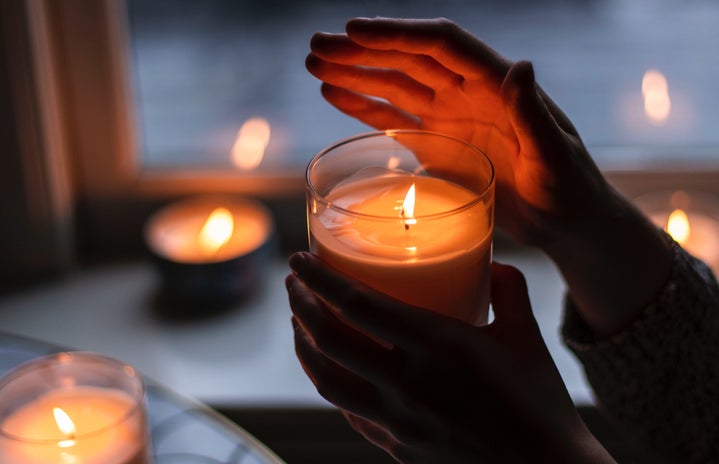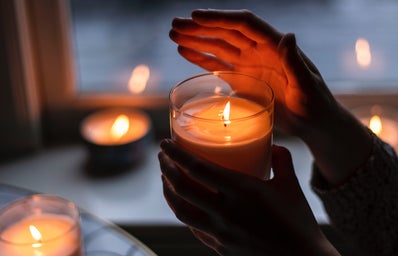Disclaimer: Please note that all the information presented below comes purely from secondary research and that I am not a scientist or medical professional by any means. Burning candles will not endanger your life or make you die. This article is just here to summarize findings from those secondary sources.
If someone told you that burning candles could potentially create more air pollution than hygge, would you feel as relaxed and serene after partaking in your self-care routine? Assuming you don’t particularly enjoy snorting carcinogens and other chemicals for fun, it’s safe to say that you might feel a little bit unsettled.
The truth is that the candle industry itself might be more toxic than you think. While there is still research being conducted, many candles you see in stores contain toxic chemicals in their wicks or wax, depending on the materials used. A lot of candles are made from paraffin wax, which is a petroleum product resulting from oil refining and is known to release nasty carcinogens into the air when being burned. Although paraffin wax is not life-threatening, it’s still something to just be mindful of.
And while you might enjoy the lovely smell of floral-scented candles, a lot of these candles actually contain heaps of artificial fragrances. This isn’t good news since many of these fragrances contain volatile organic compounds (VOCs). VOCs are particles created from carbon and other elements that can potentially cause damage to your central nervous system and organs and can result in cancer in a highly unlikely but worst possible case.
Some of these VOCs are even used as solvents in things like paint thinners and dry-cleaning fluids. And in the uncommon but terrifying scenario that VOCs react with nitrogen oxides, they create ozone pollution. In other words, it’s not exactly the type of thing you want to be inhaling on a frequent basis. It makes the situation even better when you realize that most companies don’t disclose the majority of these nasty chemicals on their labels.
If you rewind about a thousand centuries back to the old days (before 2003), you’ll see that many manufacturers used lead in their candle wicks to help it stay up. It’s probably a no-brainer why lead is toxic to your health and the environment. After all, it was banned for a reason.
Suddenly, burning candles every second of the day doesn’t sound so lovely anymore, does it?
The good news is that burning these candles won’t kill you. Most things that burn like your fireplace or stovetops can release at least a few toxins. Even household items, such as detergent, can contain VOCs. If you’re reading this article right now, I guarantee you have probably used a stove or laundry detergent at some point in your life, and, yet, you are still alive. Candles are no different.
At the end of the day, as long as you space out burning a candle and air out the room afterwards, you should be safe. If your candle has a wick, you can rub the wick on a piece of paper; if you see grey streaks on the page, there might be lead in the candle. Practicing proper candle care such as trimming wicks properly can also reduce the negative impact.
Sources:
https://www.ncbi.nlm.nih.gov/pmc/articles/PMC5089137/
https://cehn.org/our-work/eco-healthy-child-care/ehcc-faqs/candles/



